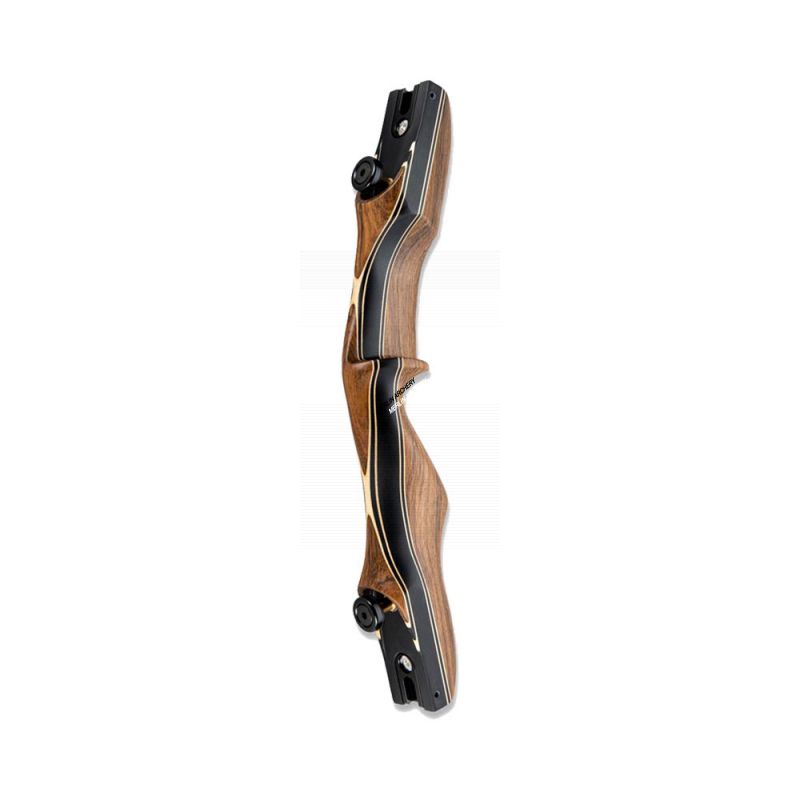Yes.
Generally, the riser material and model will make more difference to weight than the length.
Wood risers can be either light or heavy (if they incorporate a lot of resinous materials like micarta), and are your best bet.
The Win & Win Black Wolf 17" riser is about as light as the lighter wood ILF risers.
In aluminum, there isn't much. Your best bet would be the Samick Discovery 17" riser, which is pretty light for aluminum. A Discovery and Medium (60" bow) or Long (62") Nika N3 limbs would be light and very high performing.
I happen to think that 21" ILF risers are the most versatile. Short limbs make a 62" bow, long limbs a 66". Huge sight window. But if you know you want a shorter bow, 17" and 19" would be a bit lighter.
Here is a list of some of the lightest ILF risers on the market that I put together in my own search:
Black Wolf carbon 17” 814g
Satori 19” aluminum 1154g
Tbow 19”. alu 1085g
Junxing H7 alu 1267g
Samick Discovery 21” alu 1045 g
White Feather Lark 19” wood 847g
Lark 21” wood 942 g
Samick Discovery 17 alu (850 g)
Nika ET-10 19” alu 805 g
Nika ET-9 carbon 793g 25”
Fiber Bow 5.9 23”carbon 630g
Black Elk 21” alu 1000g
Fiberbow 5.8 23”carbon 630g
Pat Norris 19” wood 849g
If you haven't already, I would look at that Pat Norris wood riser. Sold by well-respected American gentleman. There are copies being sold by a Chinese company in various lengths, but I would be tempted to go with Pat.
Keep in mind that, apart from carrying in-hand for hours in the woods, there is not much to gain from light weight. Heavier risers will improve your accuracy. On the other hand, a heavy ILF setup might make switching back to your one-piece bows tricky.
There is some variation in limb weights, but not as much as in risers. Nika N3 limbs are not the lightest, for example, but they are only about an ounce heavier than the lighter end of the spectrum.





